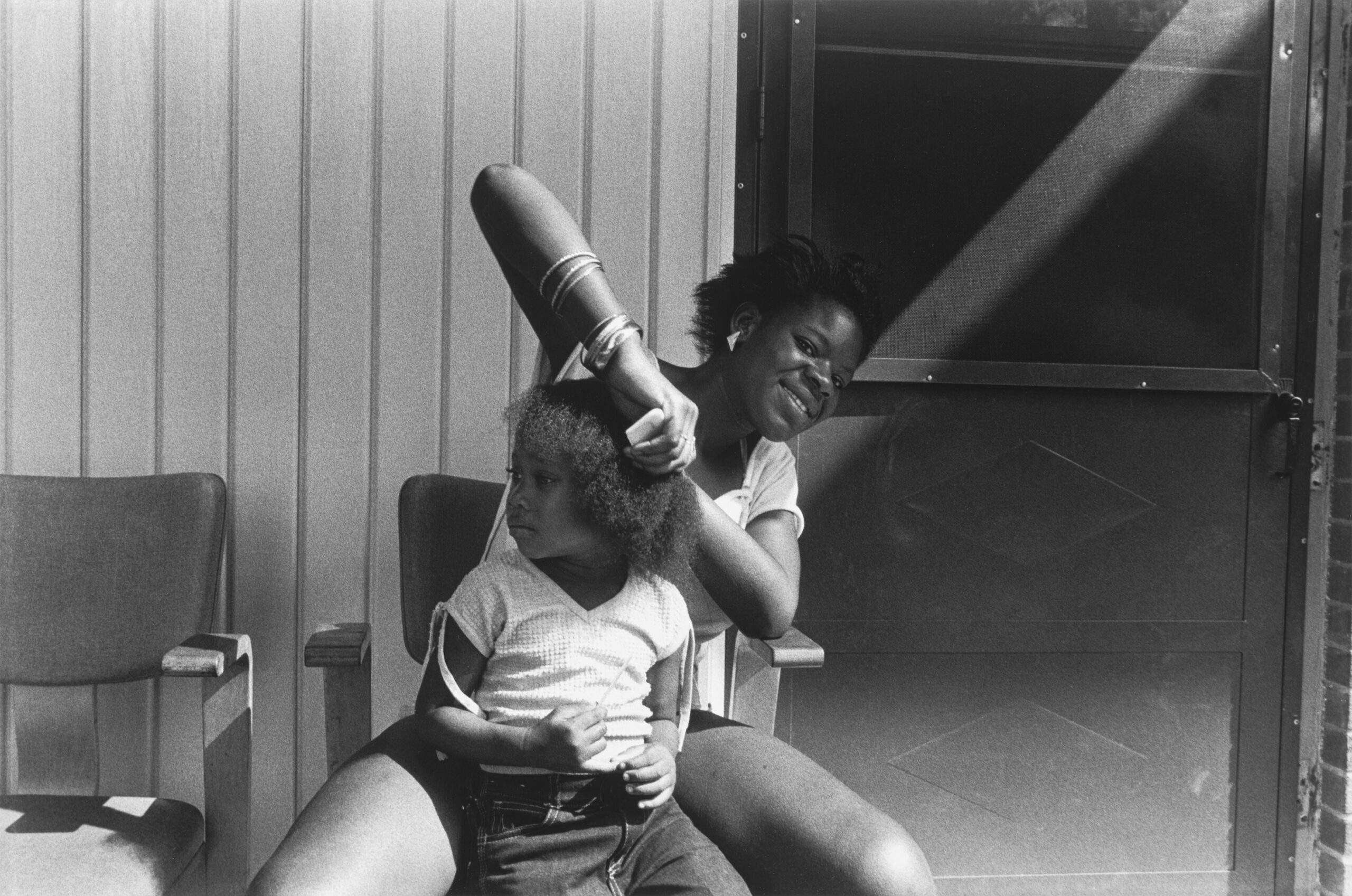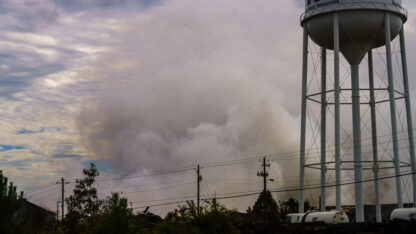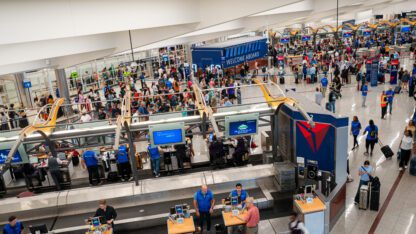Photographer Dawoud Bey once said, “I’ve come to believe that the best works tend to result not from the imposition of an idea on a situation, but to be responsive to what’s going on once you get there.” For more than four decades, Bey has been creating art that explores African American history and shines a light on America’s underrepresented communities.
In 2017, Bey received the MacArthur “Genius” fellowship for showcasing diverse people and places in a creative way. Now, The High Museum of Art is hosting a retrospective of his works called “Dawoud Bey: An American Project.” “City Lights” host Lois Reitzes spoke with Bey and with High Museum of Art curator of photography Sarah Kennel about the exhibit.
“The exhibit is an overview of many of the key projects of Dawoud’s career since the 1970s. It’s organized almost chronologically with one exception. Each series really does give you a hint into what’s to come in the next,” said Kennel.
Interview Highlights:
What inspired him to start taking photographs:
“It goes back to 1969 when I was 16-years-old. There was an exhibition at the Metropolitan Museum of Art called ‘Harlem on My Mind.’ It was a very controversial exhibition and because of that controversy, I decided to go and see what it was about. It was the first museum exhibition I ever saw. The experience of seeing ordinary African-Americans on the wall in a museum, and just as important people walking around in the gallery of the museum looking at these photographs giving them serious consideration, that was a hugely transformative moment. It began to suggest for me what my subject matter might be, what I might do with my camera.”
Behind his “Class Pictures” series:
“It was a sort of snapshot of America through its young people at that particular moment. I started working in Chicago, then to New York, California and Florida. I wanted it to be geographically representative of the country. I’ve always been acutely aware that photographs tell you a lot less than what they do tell you. There’s certain things you would never know just from looking at them. You wouldn’t know from a portrait if someone is an only child, whether they have siblings, who their parents are. There’s a lot of information outside of a photograph. For ‘Class Pictures,’ I thought that was important to bring that information into the construct of work and to create a space of self-representation. The young people who I photographed could give a sense of who they were.”
Behind “The Birmingham Project:”
In 2012, the project was created as a commission from the Birmingham Museum of Art. It memorializes the victims of the 1963 bombing of the 16th Street Baptist Church in Birmingham. Four African-American girls were killed in the bombing, and two boys were later killed in riots that followed.
“I decided to make portraits of young African-Americans in Birmingham who were the exact same ages as those six young people who had been killed that day. I wanted to give those young people a more tangible, less-mythic, palpable presence.” Bey continues, “It still felt somewhat complete. I wanted to figure out how to show the passage of time and the tragic loss of possibility. Then, I started thinking about making portraits of African-Americans in Birmingham who were the ages of the six young people would have been their age today. I begun pairing those portraits with those young people, which embodied 50 years.”
Behind his “Night Coming Tenderly, Black” series:
“The photographs are meant to imagine or reimagine the path of self-liberation in Northeastern Ohio along what is called the ‘Underground Railroad.’ Formerly slaved Africans, and then African-Americans moved towards freedom by way of Lake Eerie in Ohio. I began to think about the fugitive moving through this tender space of blackness.”
The exhibit will be on display through March 14, 2021.






